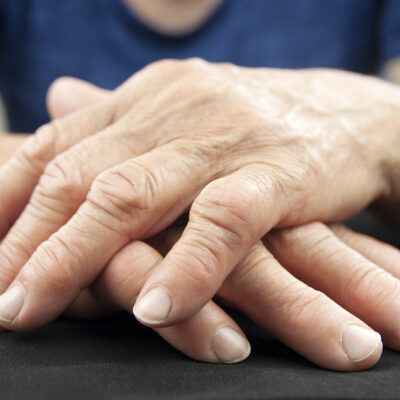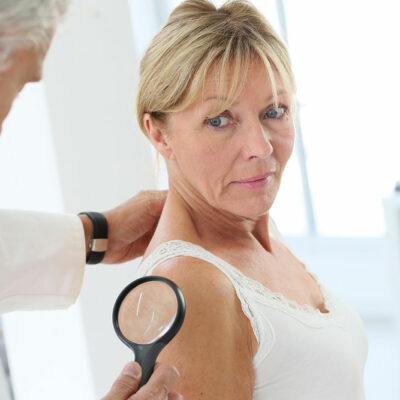
Diseases & Conditions
Controlling eczema with popular medications and treatments
Eczema is a condition where patches of skin become inflamed, itchy, cracked, rough, and red. For some people, blisters may occur too. While some people are cured of this condition, some continue to have it throughout their adulthood. It is important to recognize the symptoms and seek immediate professional help to make treatment more efficient. Symptoms to be aware of: In adults; rashes commonly appearing in the creases of the elbows or knees or the nape of the neck Rashes that cause very dry skin Itchy rashes that do not seem to go away Rashes that look scaly Skin infections caused by these rashes Rashes differ in infants under two years and children aged two years until puberty. For infants; They commonly appear on the scalp and cheeks They bubble up before there is liquid leaking from it Rash interferes with sleeping, and there’s a continuous itch For children aged two years and above; Rashes can be bumpy They can be light or dark in colors It develops a permanent itch or a knot Some treatment approaches While there is no cure for eczema, there are treatments that can help control the swelling, rash, itchiness of the skin, by using a mix of home cures and some doctor-prescribed medications.




















